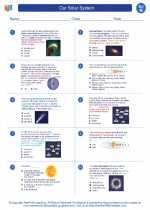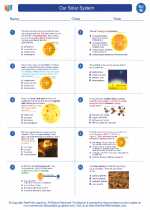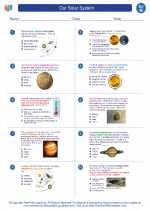Characteristics of Ceres:
Ceres has a diameter of about 940 kilometers (about 585 miles) and is composed of rock and ice. It has a relatively low density, suggesting that it may have a significant amount of water ice beneath its surface. Ceres is also covered in craters, and it is believed to have a rocky core surrounded by an icy mantle.
Interesting Features:
One of the most intriguing features of Ceres is its bright spots, which have been observed in the Occator crater. The bright spots are believed to be deposits of salts, such as magnesium sulfate and sodium carbonate, left behind by the evaporation of water ice. This discovery has led scientists to suspect that Ceres may have a subsurface ocean.
Exploration of Ceres:
Ceres was first visited by the NASA Dawn spacecraft, which orbited the dwarf planet from 2015 to 2018. Dawn's mission provided valuable insights into Ceres' surface composition, topography, and the presence of water ice. The spacecraft's observations have contributed to our understanding of Ceres' geological history and potential for supporting microbial life.
Study Guide for Ceres:
- What is the location of Ceres in the solar system?
- Describe the characteristics of Ceres.
- What are the bright spots on Ceres, and what do they indicate?
- What evidence suggests that Ceres may have a subsurface ocean?
- What spacecraft visited Ceres, and what insights did it provide?
◂Science Worksheets and Study Guides Eighth Grade. Our Solar System

 Worksheet/Answer key
Worksheet/Answer key
 Worksheet/Answer key
Worksheet/Answer key
